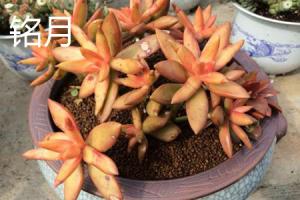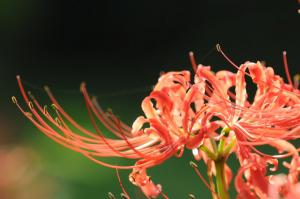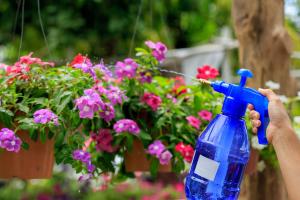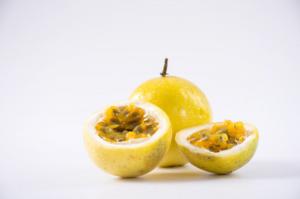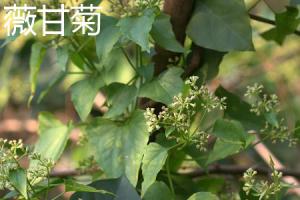How to Know When to Water Air Plant
Air plants or Tillandsia are trendy indoor plants for their low maintenance and unique appearance. Unlike other plants, air plants do not need soil to thrive, and they absorb water and nutrients through their leaves. However, since they do not have roots to store water, knowing when to water air plant is crucial to keep them healthy. Here are some tips to help you determine when to water air plant:
Check for Signs of Thirst
The first way to know when to water air plant is to observe its physical appearance. Air plants that need water will show signs of thirst such as curling or rolling leaves, shriveling or drying tips, and wilting or drooping leaves. When you see these signs, you should water your air plant immediately to avoid dehydration.
Feel the Moisture Level
Another way to determine when to water air plant is to feel its moisture level. You can do this by touching the leaves or using a moisture meter. Air plants that have dry or crispy leaves likely need water, while those with soft or soggy leaves may have been overwatered. The best practice is to let your air plant dry completely before watering it again, as overwatering is a common mistake and can lead to root rot or fungal growth.
Consider the Environmental Factors
Environmental factors such as humidity, temperature, and sunlight can affect the watering frequency of your air plant. In general, air plants grown in dry conditions or exposed to high temperatures or direct sunlight need more frequent watering than those grown in humid environments or shaded areas. You should adjust your watering schedule according to your air plant's specific needs and the surrounding conditions.
Follow a Schedule
If you are unsure when to water air plant based on the physical appearance or moisture level, you can follow a watering schedule to establish a routine. The ideal frequency of watering air plants varies depending on their species, size, and growing conditions, but a bi-weekly or monthly watering schedule is a good starting point for most air plants. You should also consider the type of water you use, as tap water that contains chlorine or fluoride can harm the leaves over time. It is recommended to use filtered or distilled water to water air plants.
Conclusion
Knowing when to water air plant is essential for its survival and success. By checking for signs of thirst, feeling the moisture level, considering environmental factors, and following a watering schedule, you can maintain a healthy and vibrant air plant in your home or office. Remember to provide your air plant with adequate care and attention, and it will reward you with its beauty and vitality.

 how many times do yo...
how many times do yo... how many planted tre...
how many planted tre... how many pine trees ...
how many pine trees ... how many pecan trees...
how many pecan trees... how many plants comp...
how many plants comp... how many plants can ...
how many plants can ... how many plants and ...
how many plants and ... how many pepper plan...
how many pepper plan...